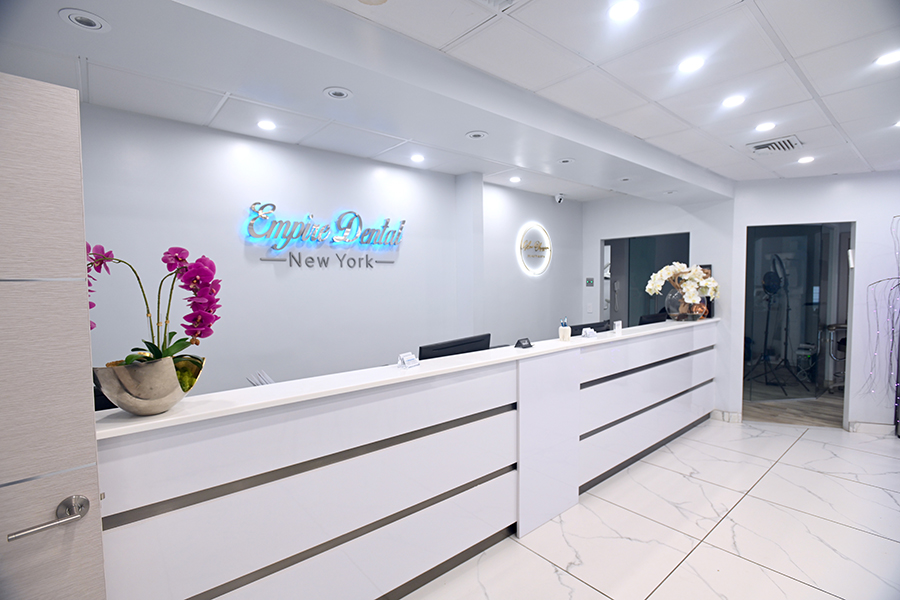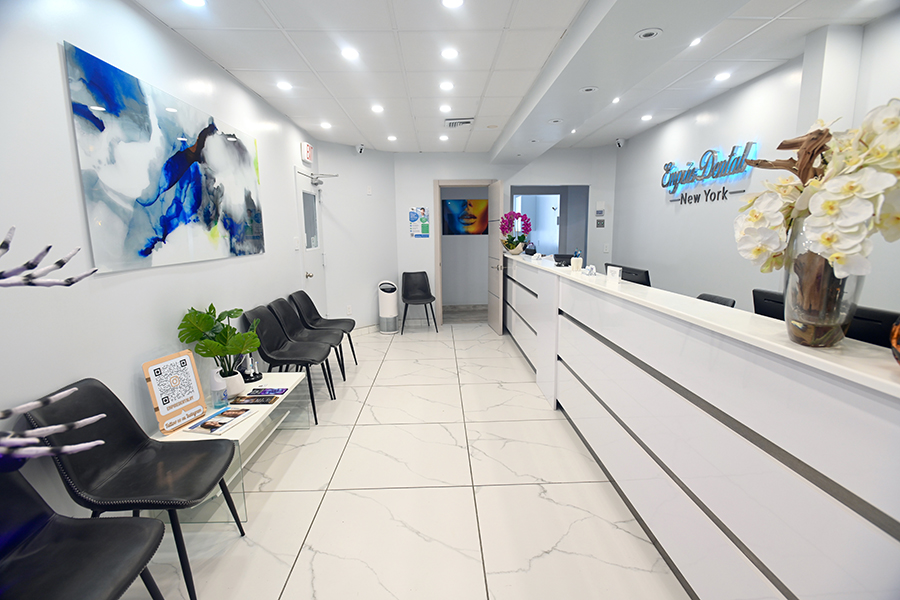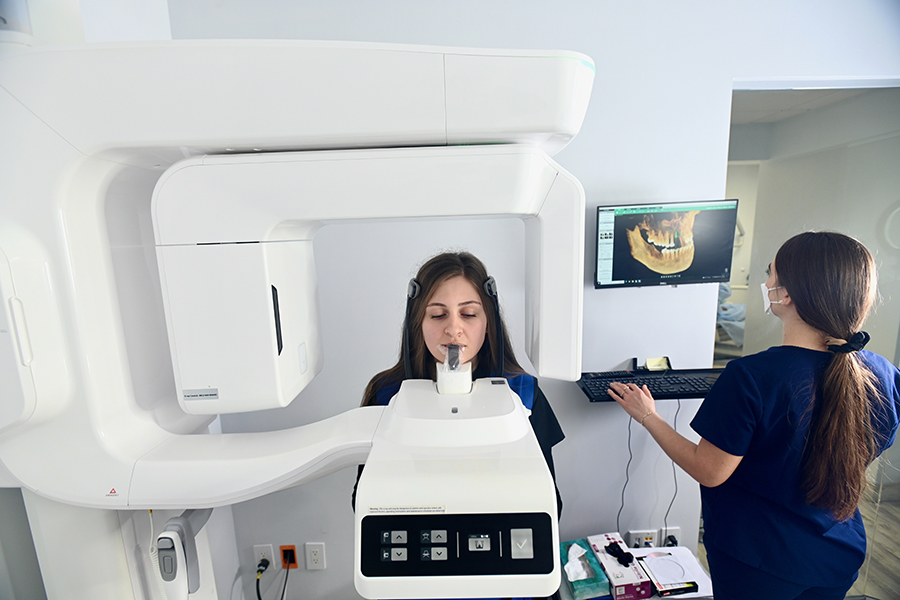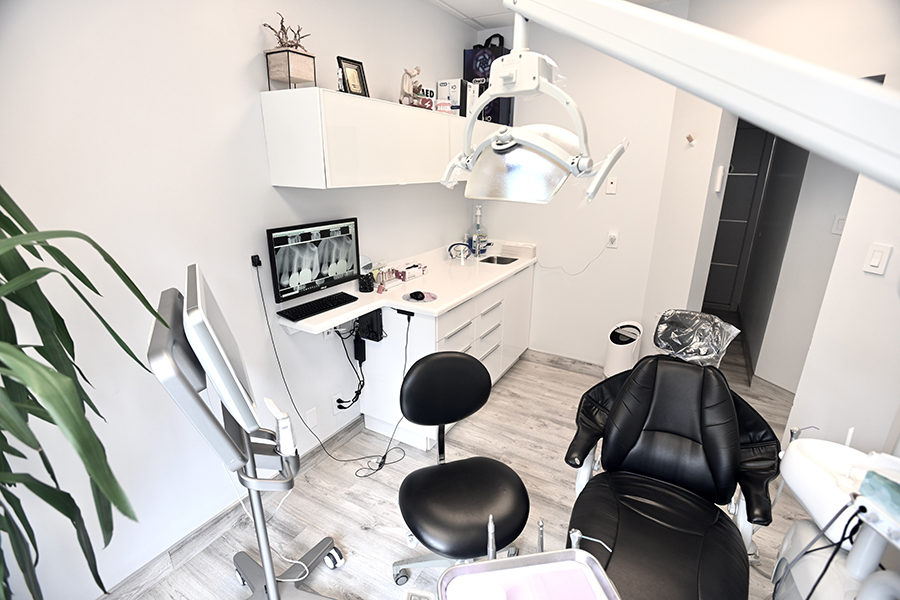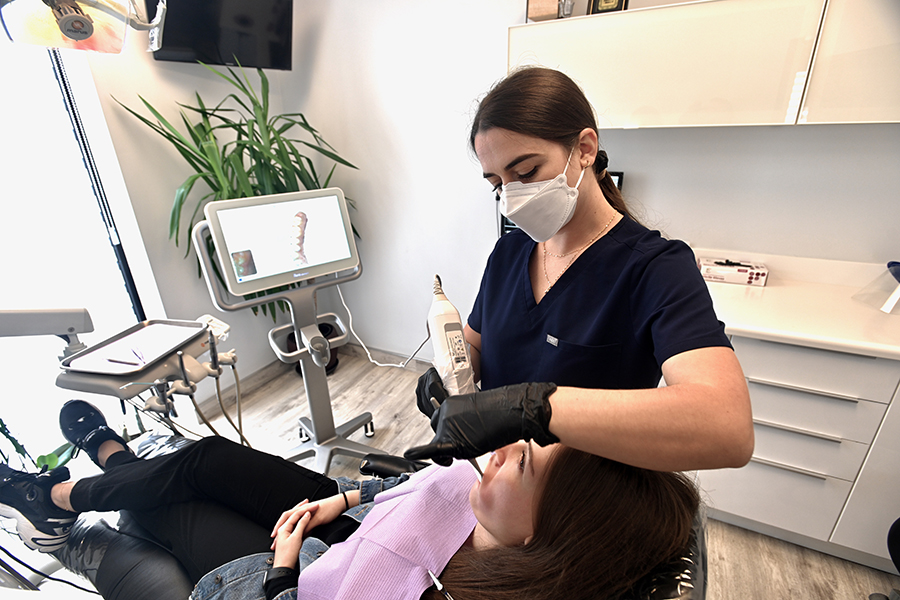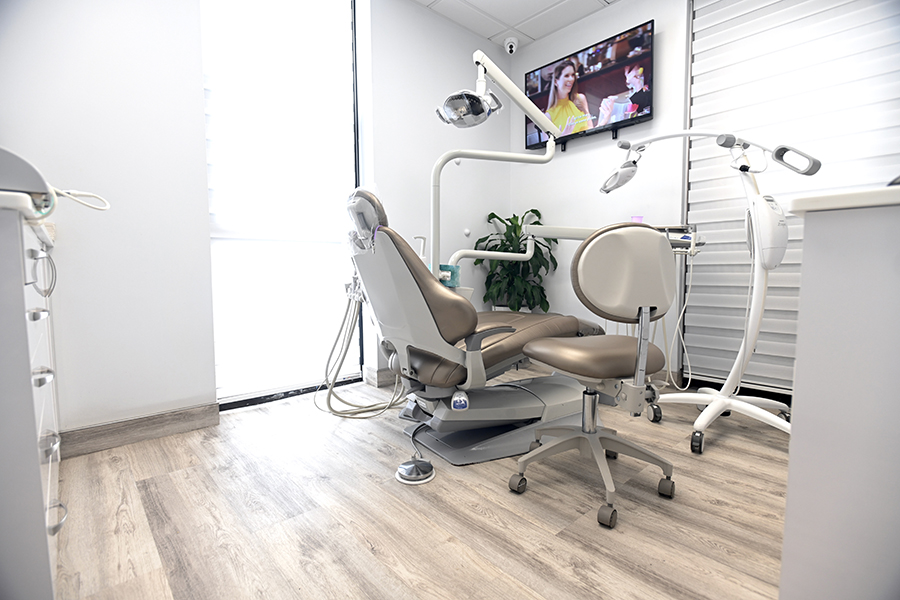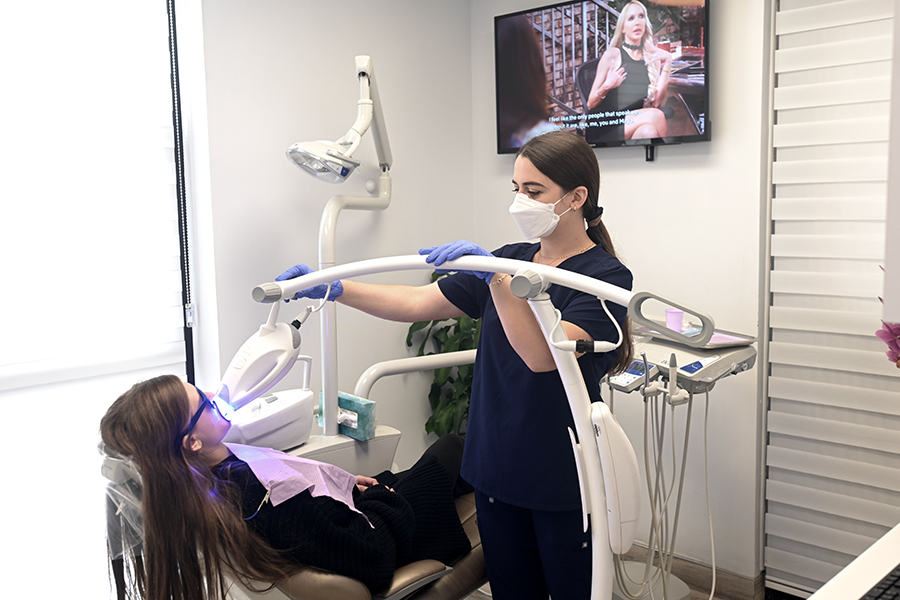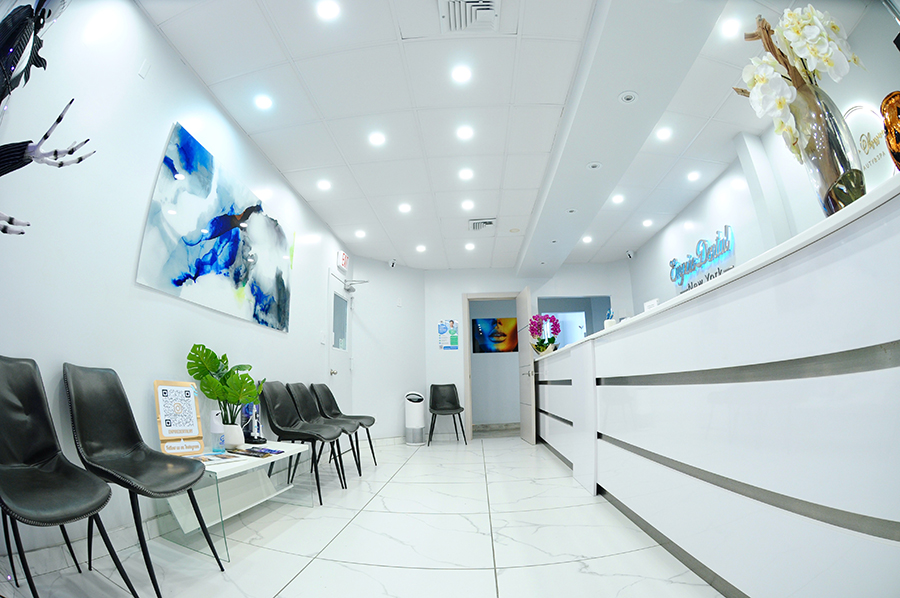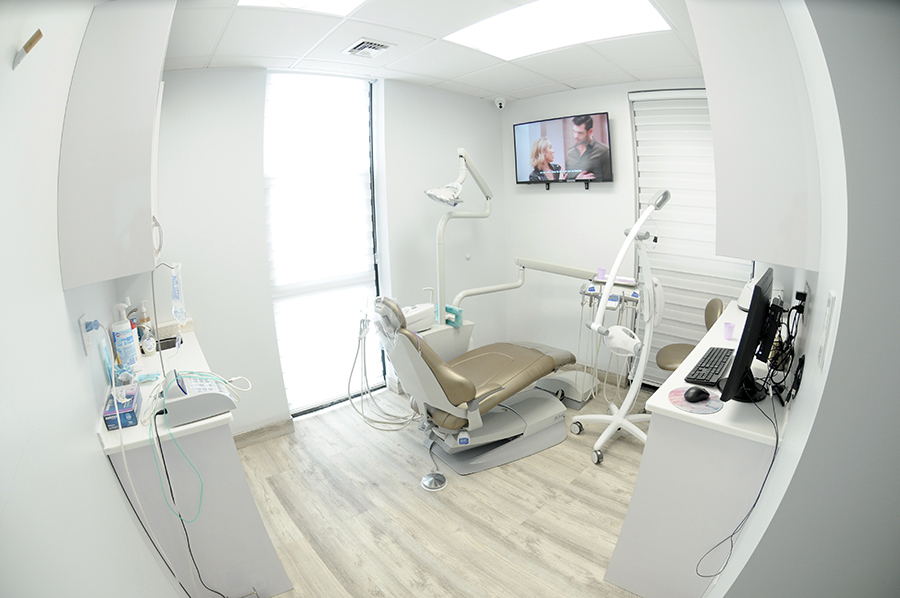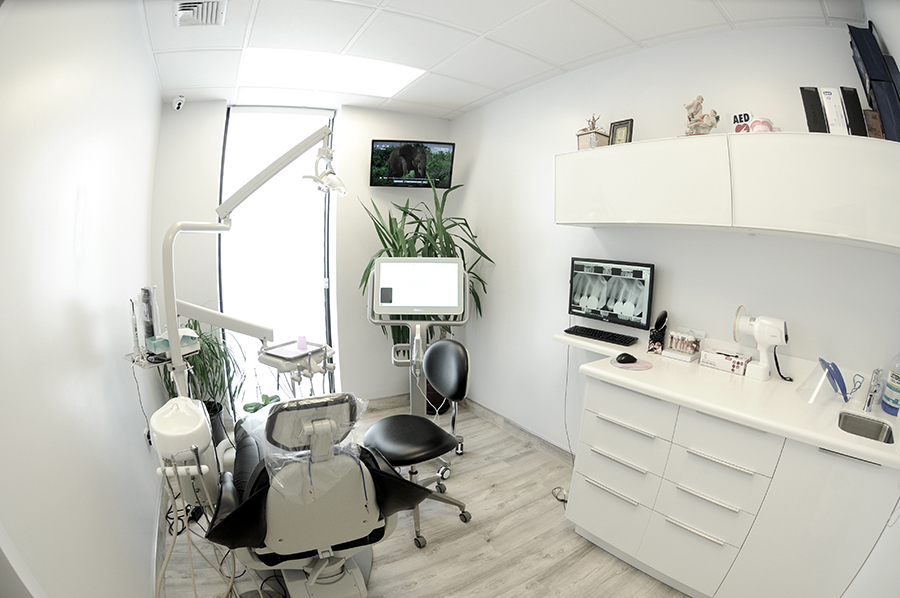
Toothaches
When a patient is suffering from a tooth ache, the goal of a dentist is not just to numb the pain – the key is to discover the actual cause of the tooth ache. Pain from a toothache can radiate around the jaws, teeth or tooth area. An aching tooth is normally caused by the following:
- Gum disease
- Exposed tooth root
- Cavities
- Fractured teeth
Additionally, muscle spasms that are used for chewing food can trigger similar symptoms to a toothache. Temporomandibular joint (diseases of the jaw joint) can also cause tooth aches.
The level of toothache pain may include excruciating, sharp or mild. Some people experience an intense or a dull ache. When a person attempts to drink hot and cold beverages or chew on certain foods , this may cause the pain level to intensify.
During your dental visit, your dentist will conduct a thorough oral examination that will include x-rays and tooth testing – this is how the cause is determined.
Wisdom Teeth
What are wisdom teeth? They are basically the third and last set of molars that flare up in the back corners of the lower and upper mouth. Wisdom teeth problems are a very common tooth problem among many adults. The reason why people experience this sort of tooth problem is because the teeth erupt in close proximity of the permanent teeth. As a result, it can cause a variety of problems, such as improper biting and tooth crowding.
When a person’s wisdom teeth are not pulled, it can be very painful. Common symptoms include the following:
- Infections
- Facial Swelling
- Inflammation
- Extreme Discomfort
- Gum Swelling
The purpose of having wisdom teeth pulled (or extracted) is to help prevent dental problems in the future. The good news is that the missing wisdom teeth will not prevent the person to eat, bite or speak.
Tooth Extractions
Fillings, crowns, or root canal therapy may not be enough to save a tooth from being pulled. The first thing that comes to mind when a person needs to get his/her tooth pulled is the excruciating pain. Thanks to advanced pain sedatives and anesthetics, a patient experiences mild bleeding and very little or no pain.
General Dental Procedure
Step 1: The location of the tooth to be pulled is numbed with Novocain.
Step 2: The patient is given an antibiotic and must be cautious after the procedure to avoid potential infection.
Step 3: During the post-operative phase, a patient should avoid drinking beverages through straws, vigorous rinsing and brushing. Patients should also avoid smoking. It’s important to be cautious because it can slow down or even halt the healing. In some cases, it could cause an open wound. Placing a cold compress on the outside of the cheek towards the pulled tooth can speed up the healing process and minimize swelling.
